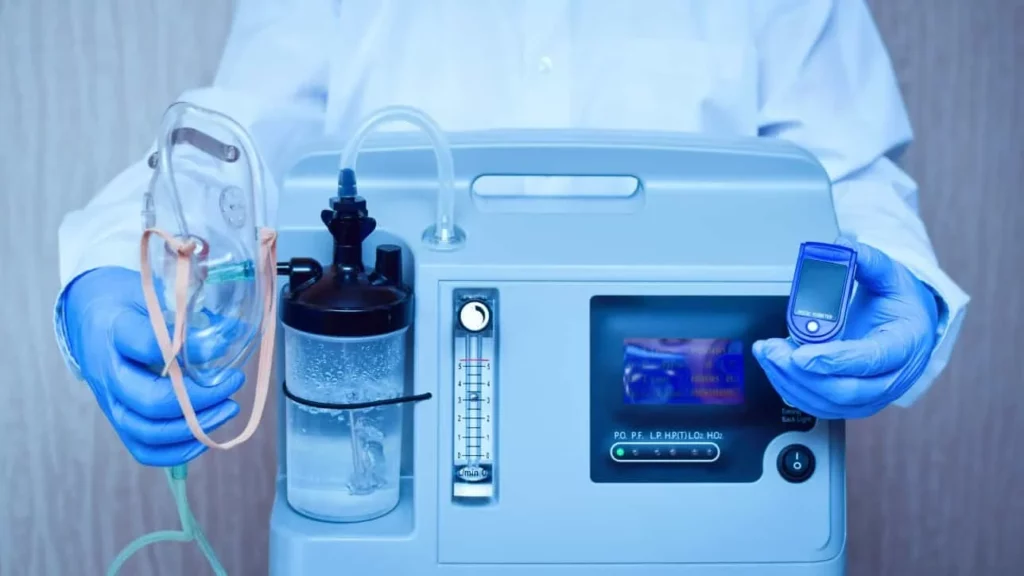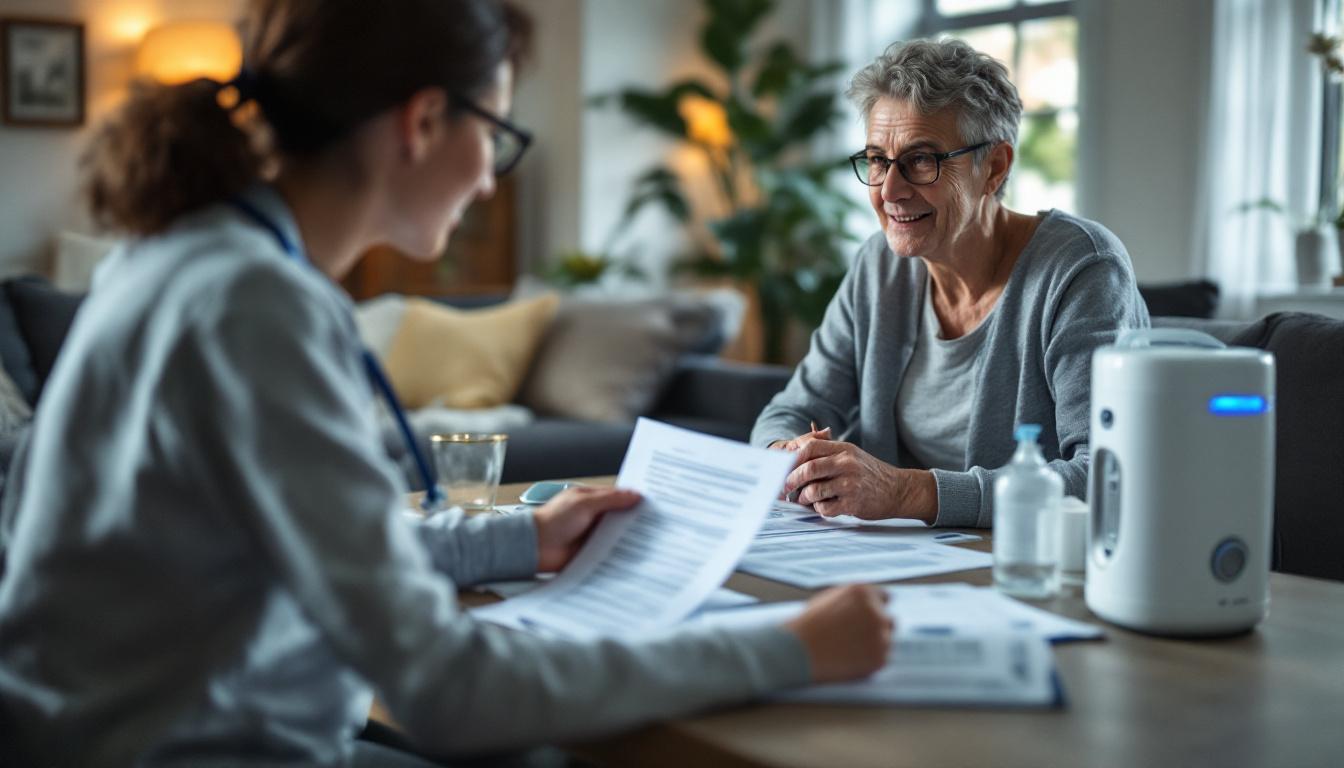Oxygen concentrators have become essential medical devices for individuals suffering from respiratory conditions such as chronic obstructive pulmonary disease (COPD), asthma, and other ailments that require supplemental oxygen. With the increasing demand for these devices, many people are considering purchasing an oxygen concentrator. However, before making such an important investment, it is crucial to understand various factors that can influence your decision. This guide will provide comprehensive insights into what you need to know before purchasing an oxygen concentrator.
Understanding Oxygen Concentrators
What is an Oxygen Concentrator?
An oxygen concentrator is a medical device that filters ambient air and concentrates the oxygen content for therapeutic use. Unlike oxygen tanks, which store oxygen under pressure, concentrators provide a continuous supply of oxygen, making them more convenient for long-term use. They are typically powered by electricity and can be used in both home and portable settings.
Oxygen concentrator for sale is a significant decision that requires careful consideration of various factors, including medical needs, budget, and lifestyle. By understanding the different types of concentrators, evaluating key features, and consulting with healthcare professionals, you can make an informed choice that enhances your quality of life. Whether you opt for a stationary or portable model, prioritising your health and comfort will ultimately lead to a more fulfilling and active lifestyle.
Oxygen concentrators work by drawing in air from the environment, removing nitrogen and other gases, and delivering oxygen-enriched air to the user. This process is achieved through a series of filters and a sieve bed that separates oxygen from other gases. The result is a consistent flow of oxygen that can be adjusted according to the patient’s needs.

Types of Oxygen Concentrators
There are primarily two types of oxygen concentrators available in the market: stationary and portable. Understanding the differences between these types can help you make an informed decision based on your lifestyle and medical requirements.
- Stationary Oxygen Concentrators: These are designed for home use and are typically larger and more powerful. They provide a continuous flow of oxygen and are ideal for patients who require high levels of oxygen for extended periods.
- Portable Oxygen Concentrators: These are smaller, lightweight devices designed for mobility. They are battery-operated and can be used while travelling or during outdoor activities. Portable concentrators often offer pulse-dose delivery, which releases oxygen only when the patient inhales.
Key Factors to Consider Before Purchase
Prescription and Medical Advice
Before purchasing an oxygen concentrator, it is essential to consult with a healthcare professional. A doctor can assess your specific needs and prescribe the appropriate flow rate and type of oxygen delivery system. This prescription is often required by suppliers and ensures that you receive the right device for your condition.
Additionally, your healthcare provider can help you understand the duration of use, whether you need continuous or pulse flow, and any other specific requirements based on your health status.
Learn more on: Where to Buy or Rent a Portable Oxygen Concentrator Machine
Oxygen Flow Rate
The oxygen flow rate is a critical factor to consider when selecting an oxygen concentrator. It is measured in litres per minute (LPM) and indicates how much oxygen the device can deliver. Most concentrators offer a range of flow rates, typically from 0.5 to 10 LPM.
Choosing the correct flow rate is vital for ensuring that you receive adequate oxygen to meet your needs. If you are unsure about the appropriate flow rate, your healthcare provider can perform an oxygen saturation test to determine the level of oxygen you require.
Portability and Weight
If you lead an active lifestyle or travel frequently, the portability of the oxygen concentrator is an important consideration. Portable models are designed to be lightweight and compact, making them easy to carry. However, it is essential to check the battery life, as some portable units may require frequent recharging.
When evaluating portability, consider the weight of the device, the size of the carrying case, and any additional accessories that may be necessary for travel. Some portable concentrators come with wheels or shoulder straps for added convenience. Learn more about evaluating on https://bmcmededuc.biomedcentral.com/articles/10.1186/s12909-024-05609-6
Cost and Insurance Coverage
Understanding the Costs
The cost of oxygen concentrators can vary significantly based on the type, brand, and features. Stationary models tend to be less expensive than portable ones, but the price can still range from a few hundred to several thousand dollars. It is essential to research different brands and models to find one that fits your budget while meeting your medical needs.

In addition to the initial purchase price, consider ongoing costs such as maintenance, filters, and accessories. Regular maintenance is crucial for ensuring the longevity and performance of the device, and replacement filters may need to be purchased periodically.
Insurance and Financial Assistance
Many health insurance plans cover the cost of oxygen concentrators, but coverage can vary widely. It is advisable to check with your insurance provider to understand your benefits and any out-of-pocket expenses you may incur.
If you do not have insurance or your plan does not cover the device, there may be financial assistance programs available through non-profit organisations or government agencies. Researching these options can help alleviate the financial burden of purchasing an oxygen concentrator.
Features to Look For
Noise Level
The noise level of an oxygen concentrator can significantly impact your comfort, especially if you plan to use it at home during sleep. Some models operate quietly, while others may produce noticeable sounds during operation. It is advisable to read customer reviews or consult with your healthcare provider to find a model that meets your noise tolerance.
Many modern oxygen concentrators are designed with noise reduction technology, making them suitable for use in quiet environments. If noise is a concern, look for specifications that indicate the decibel level of the device. Click here to find more about technology.
Maintenance and Durability
Durability and ease of maintenance are crucial factors to consider when purchasing an oxygen concentrator. Look for models that are built with high-quality materials and have a reputation for reliability. Additionally, consider how easy it is to clean and maintain the device, as regular upkeep is necessary for optimal performance.
Some concentrators come with user-friendly interfaces that provide alerts for maintenance needs, such as filter replacements or servicing. This feature can be beneficial for ensuring that your device remains in good working condition.
Where to Buy an Oxygen Concentrator
Reputable Suppliers
When purchasing an oxygen concentrator, it is essential to buy from reputable suppliers. Look for authorised dealers or medical supply companies that specialise in respiratory equipment. These suppliers often provide warranties, customer support, and guidance on selecting the right device for your needs.
Online retailers can also be a convenient option, but it is crucial to verify their credibility. Check for customer reviews, return policies, and whether they offer after-sales support to ensure a satisfactory purchasing experience.
Rental Options
If you are unsure about committing to a purchase, consider renting an oxygen concentrator. Many suppliers offer rental programmes that allow you to try out a device for a specified period. This option can be particularly beneficial for individuals who may only need supplemental oxygen temporarily or want to test different models before making a final decision.
Renting can also be a cost-effective solution, as it typically requires lower upfront costs compared to purchasing. Ensure that you understand the rental terms, including maintenance responsibilities and any potential fees for damage or late returns
